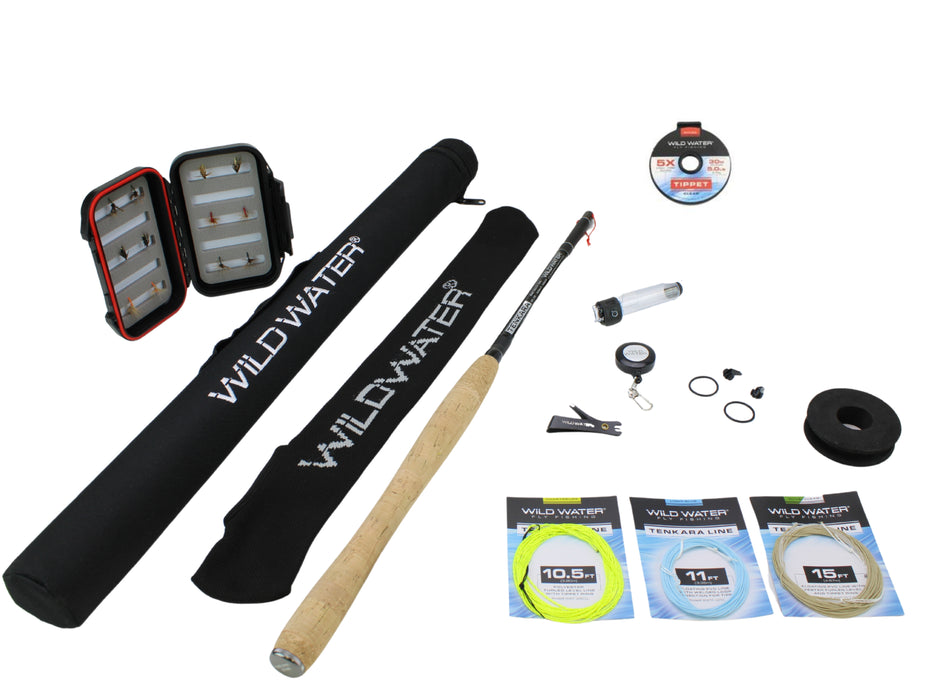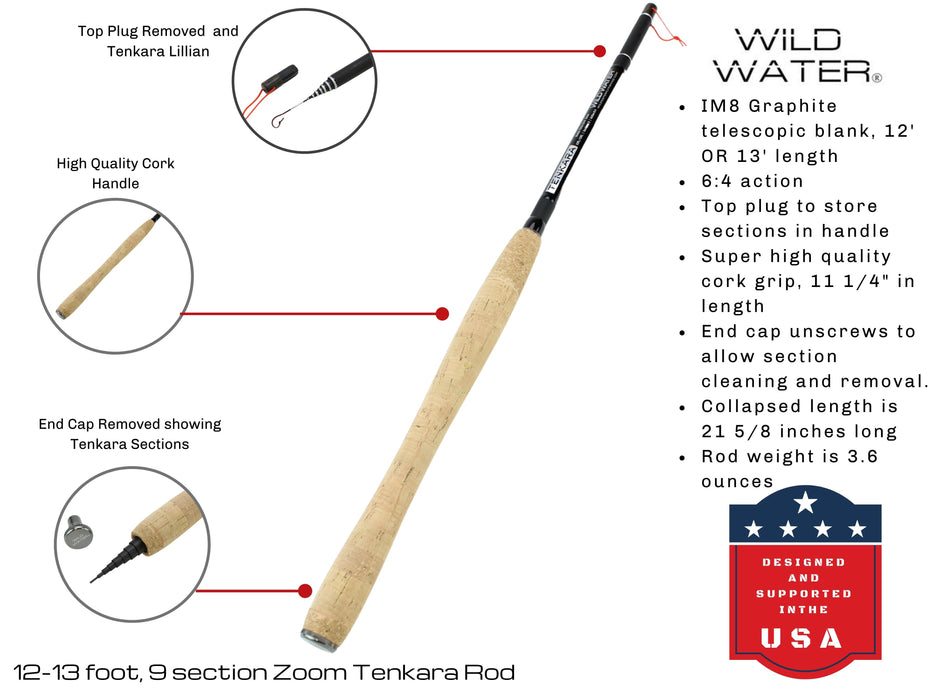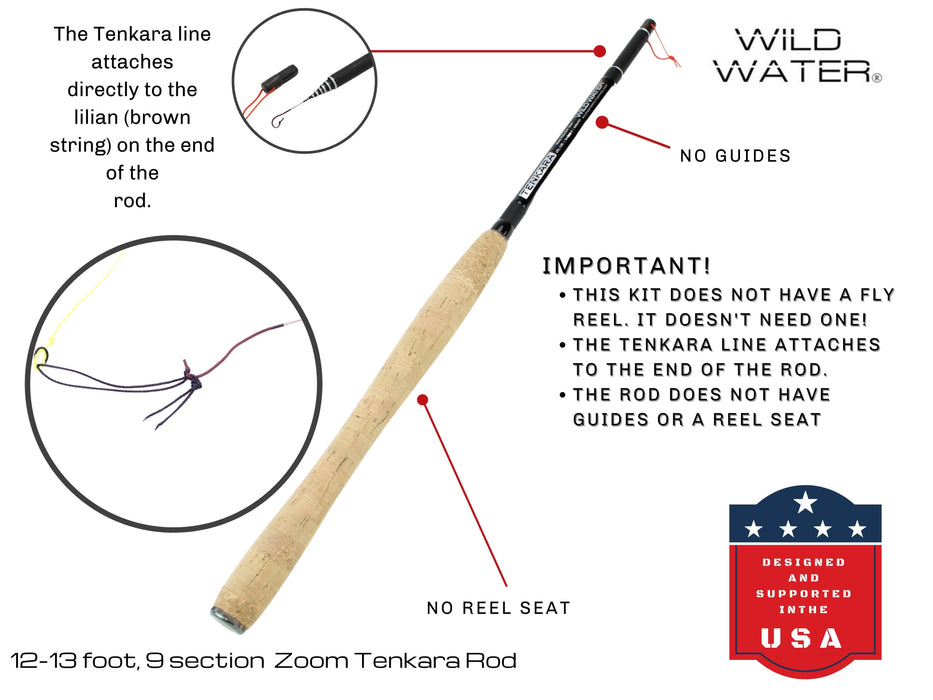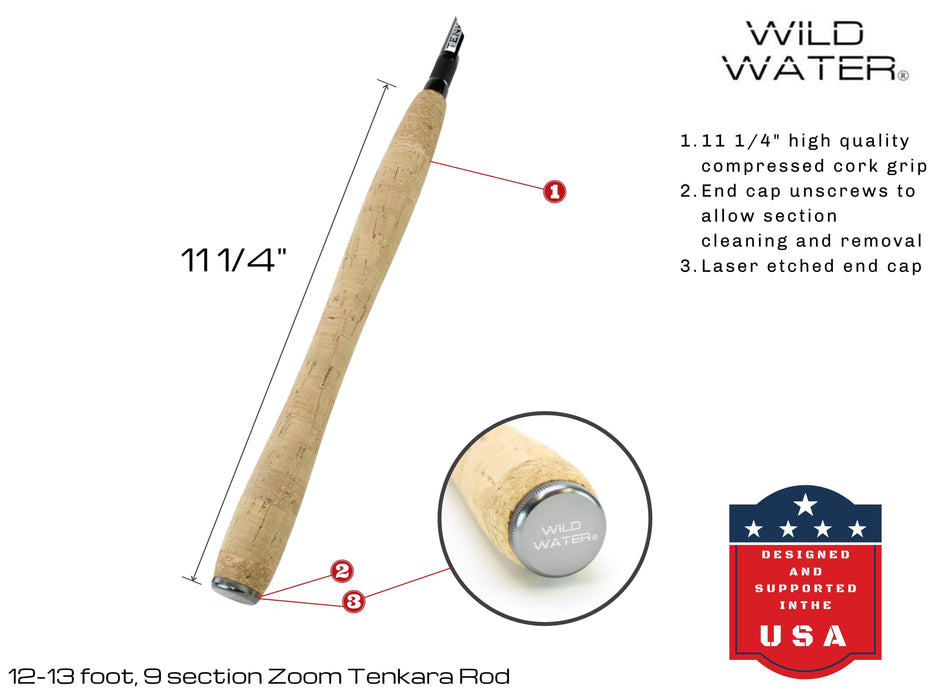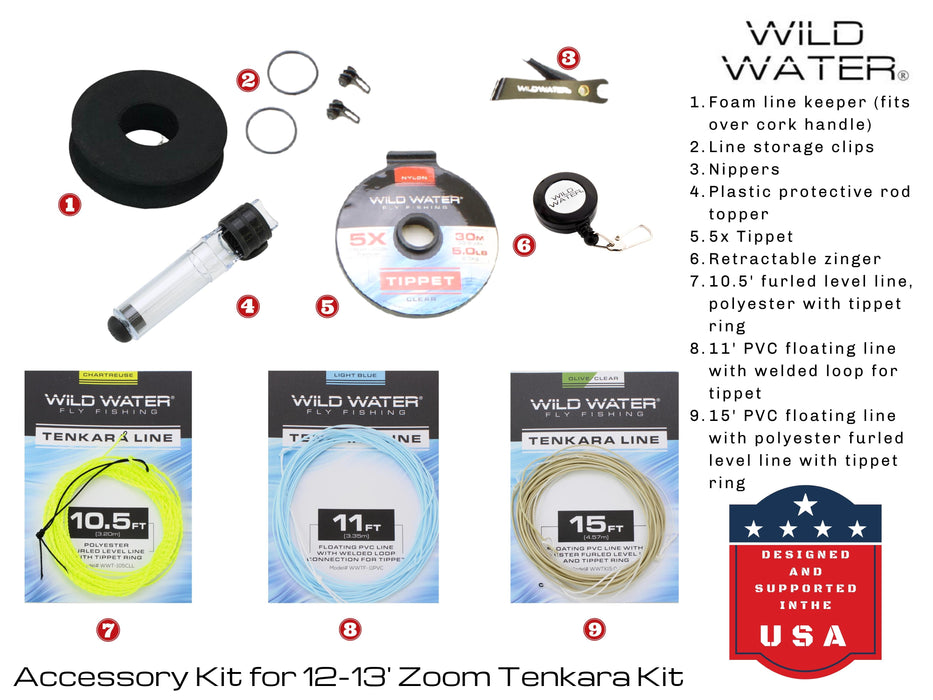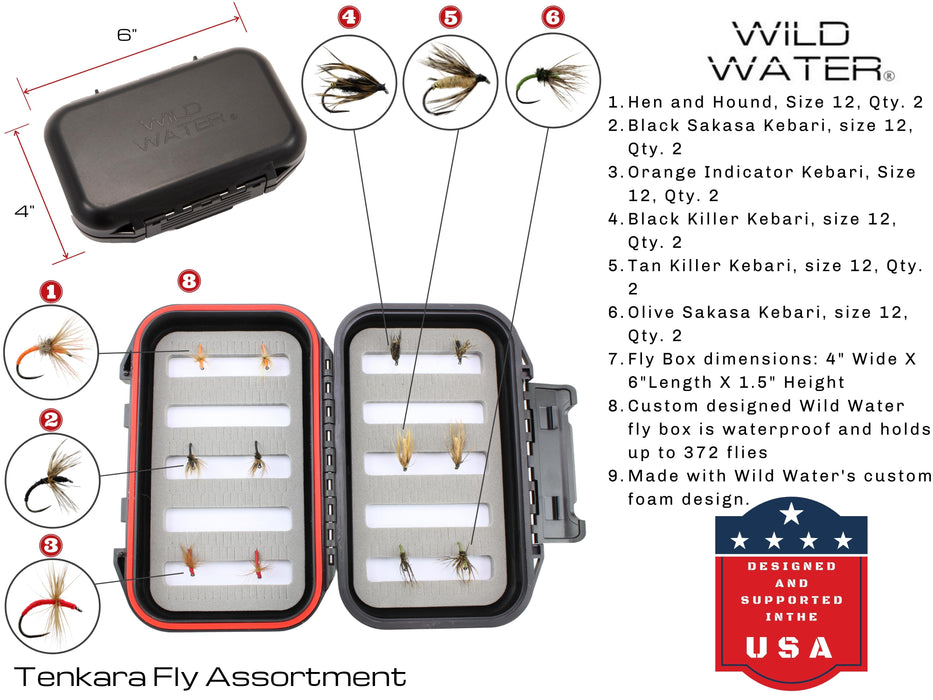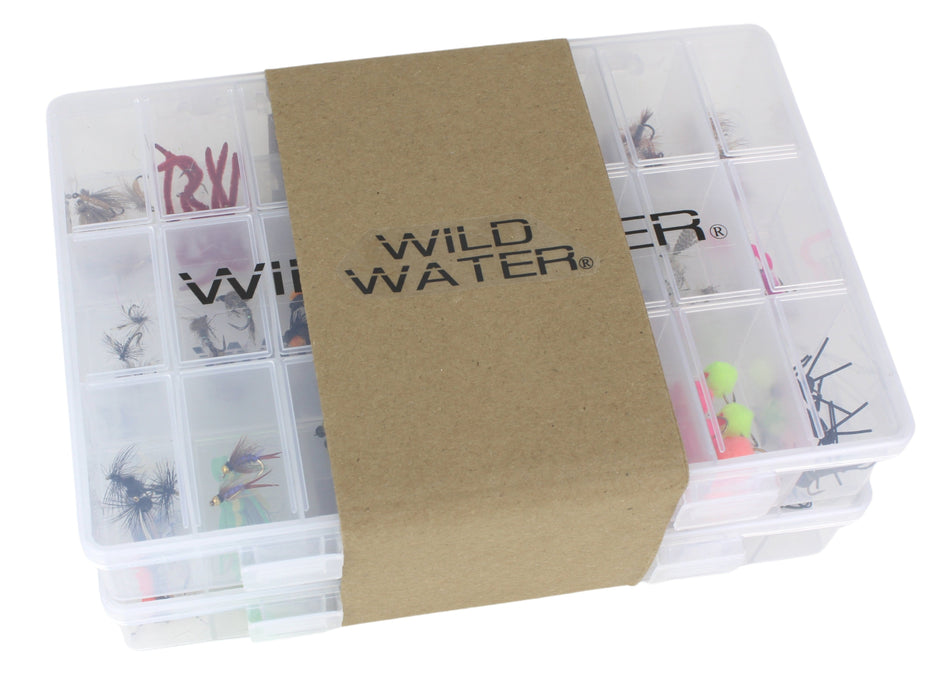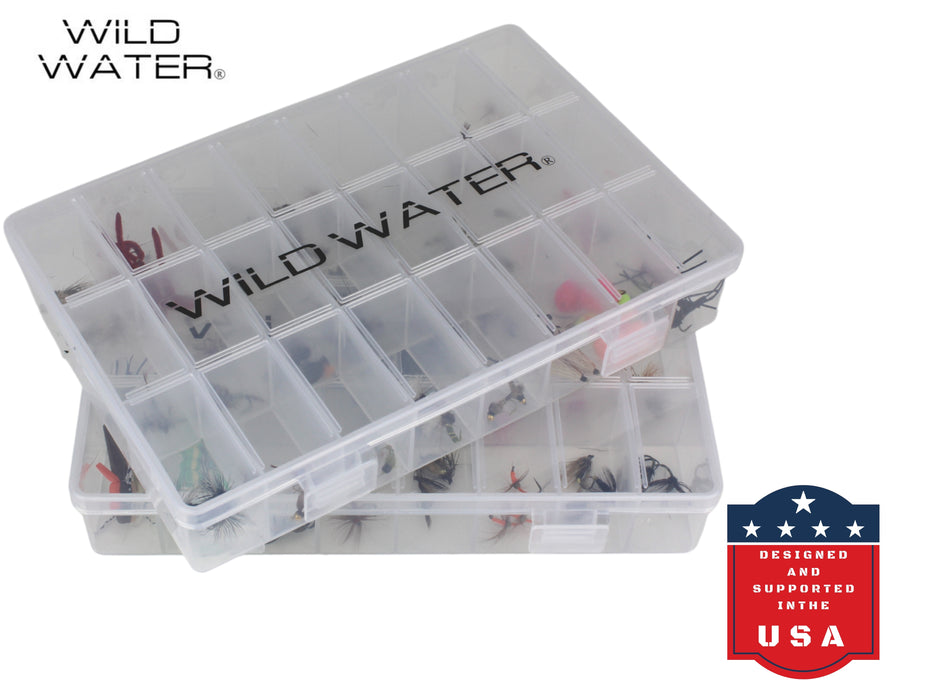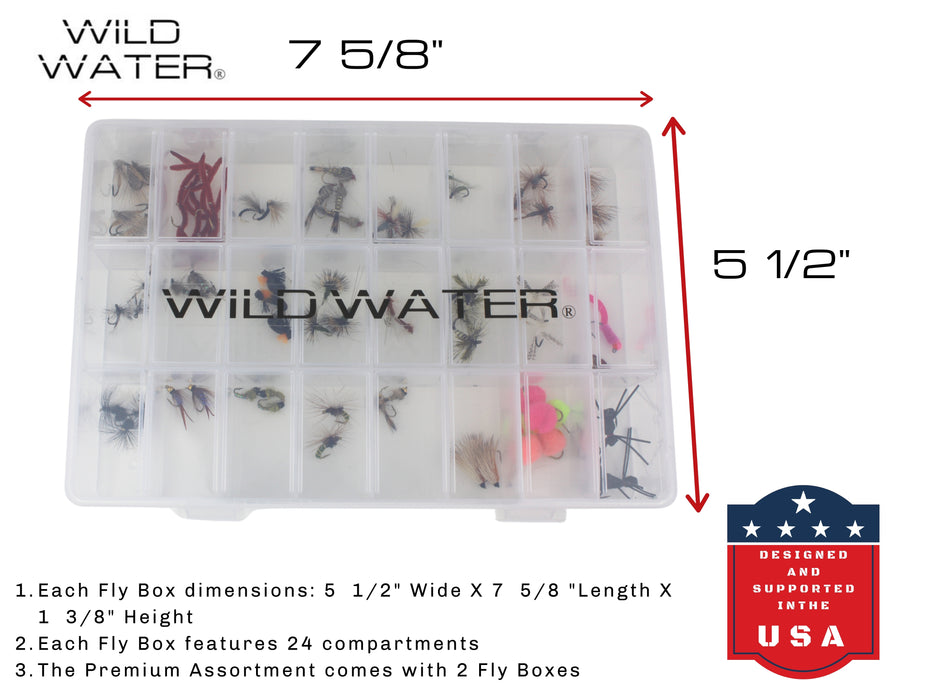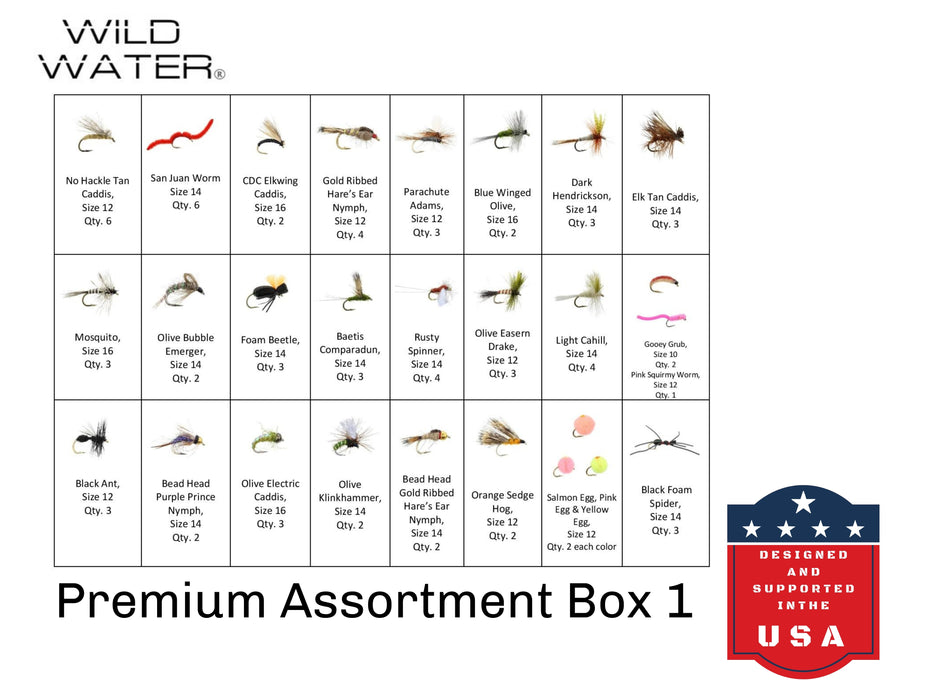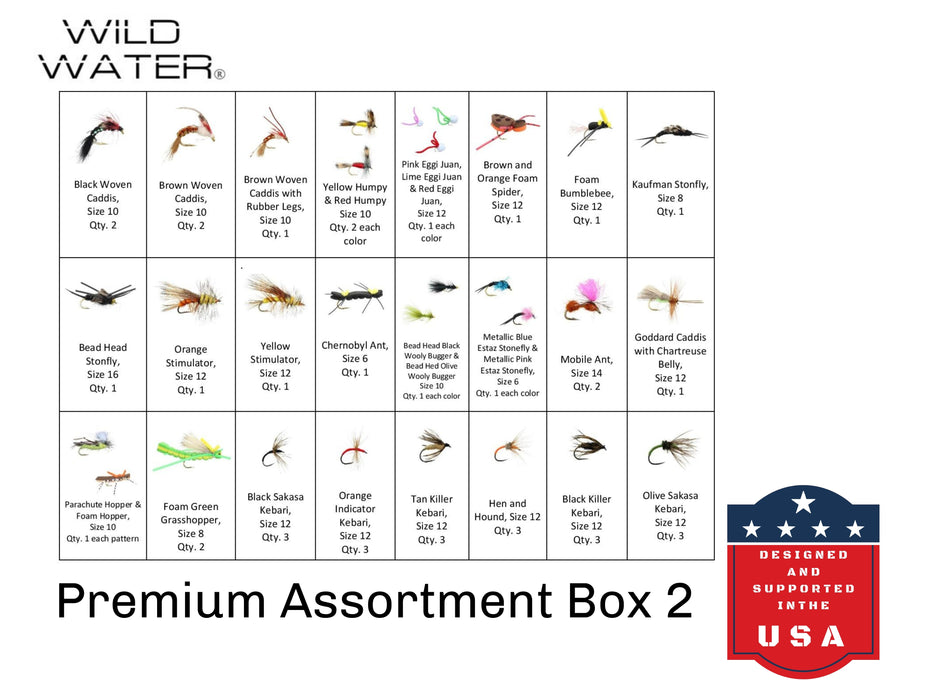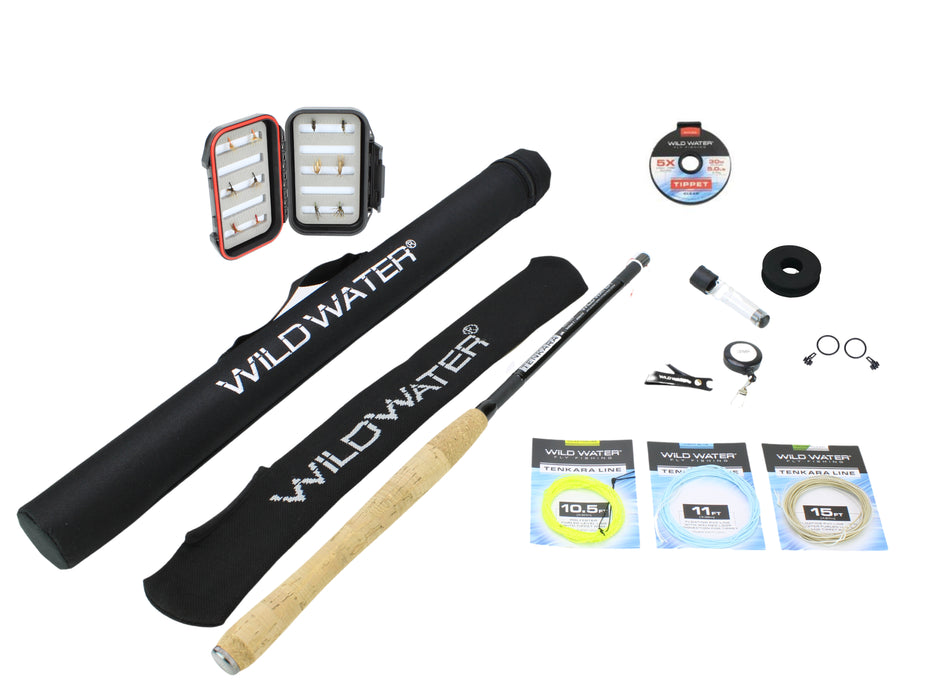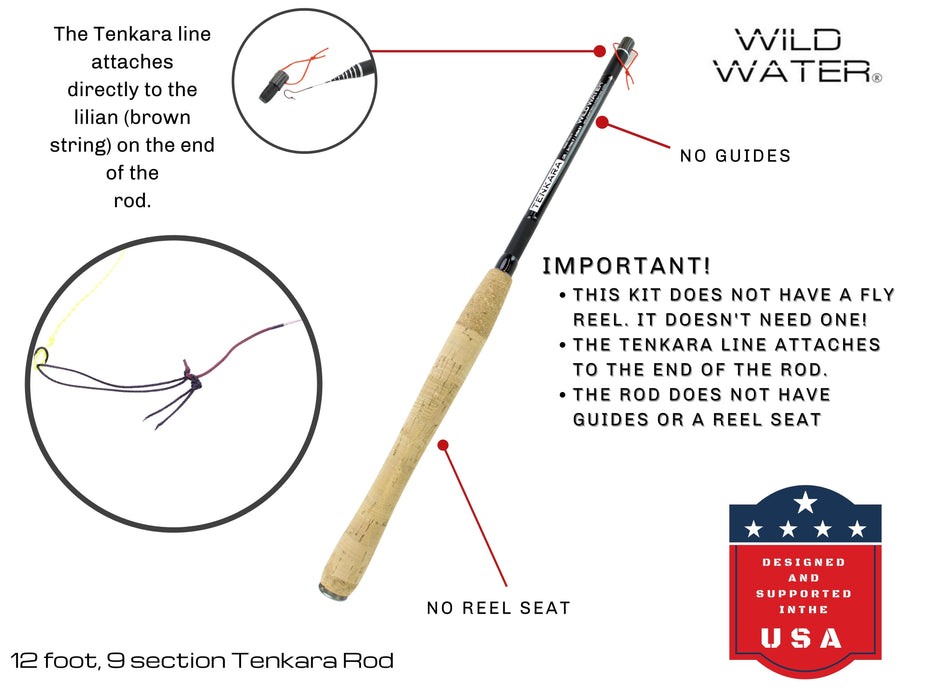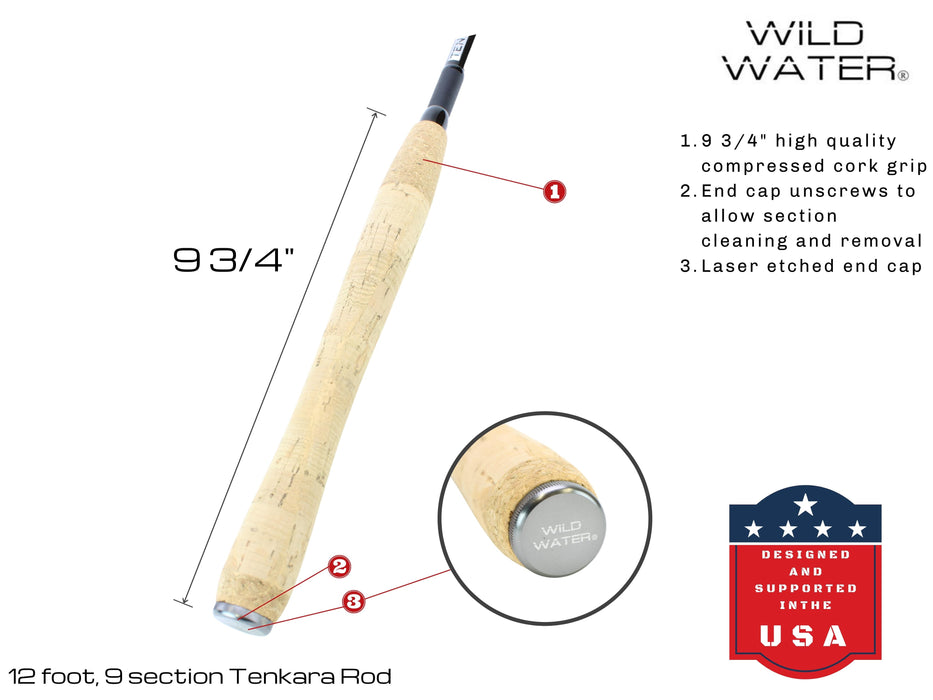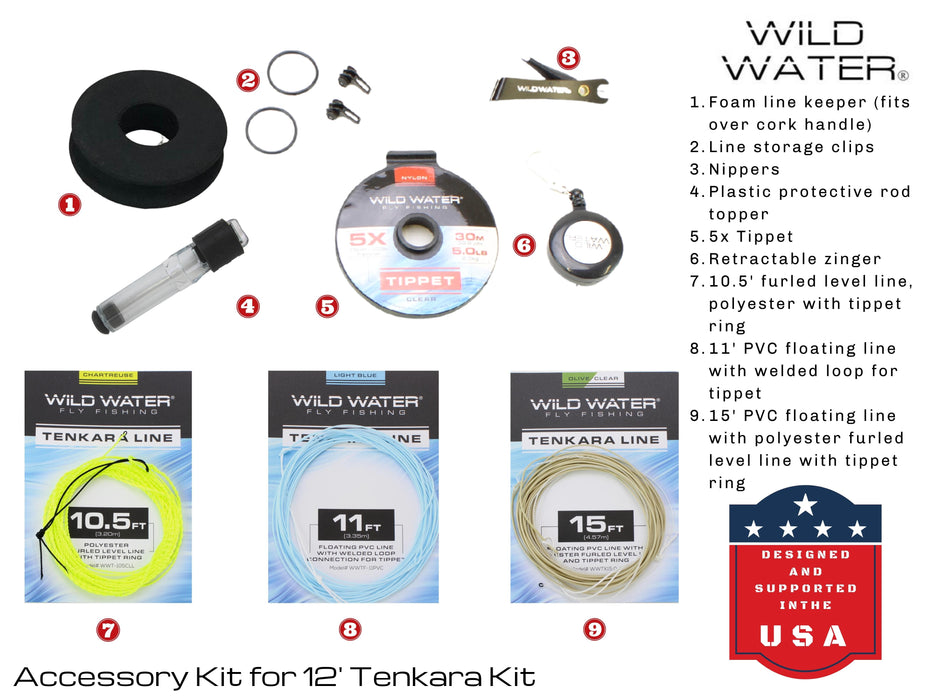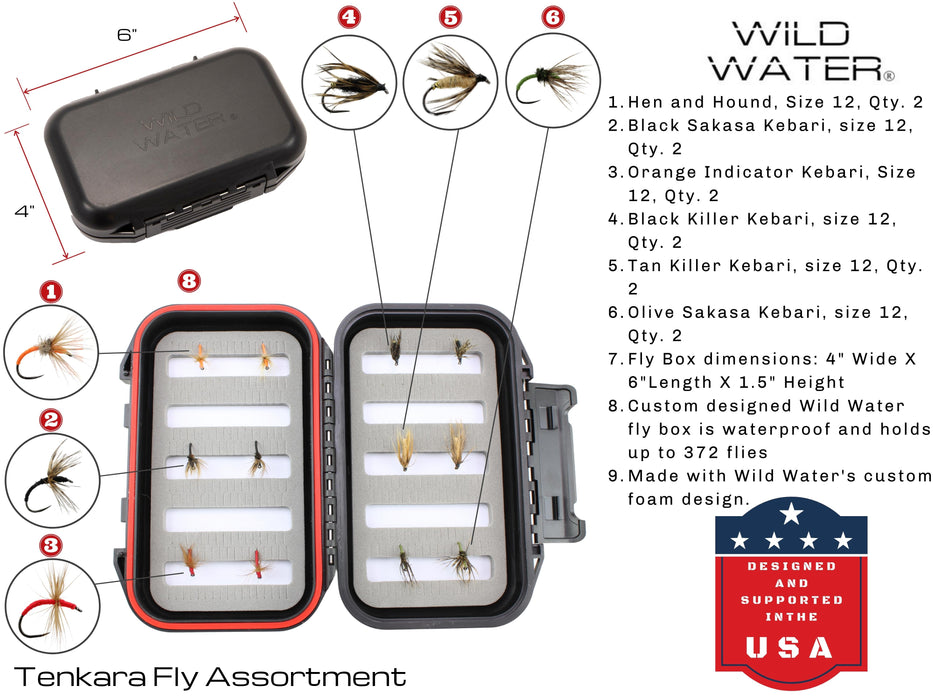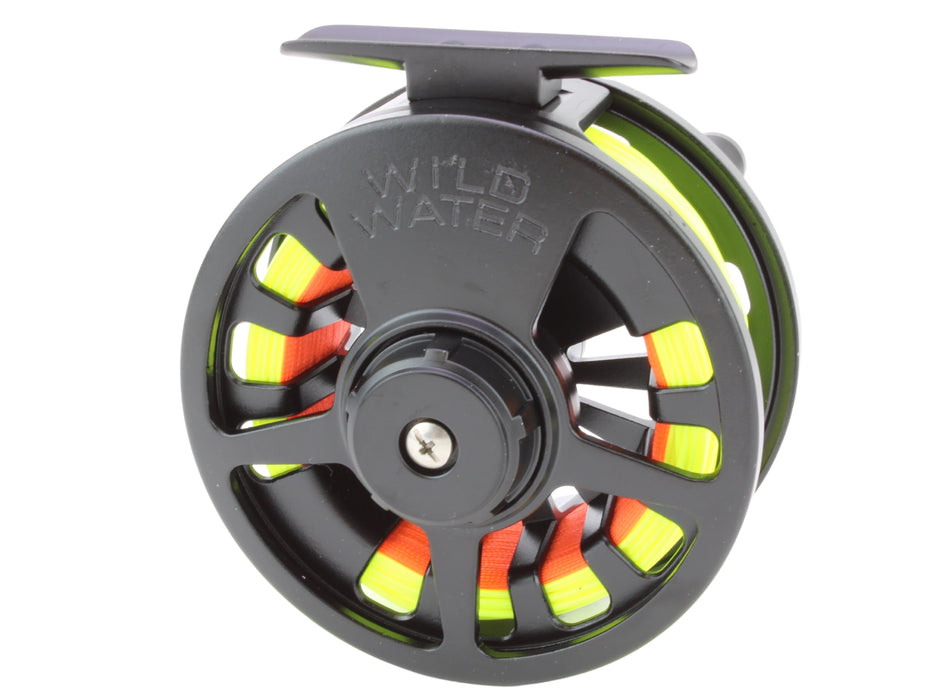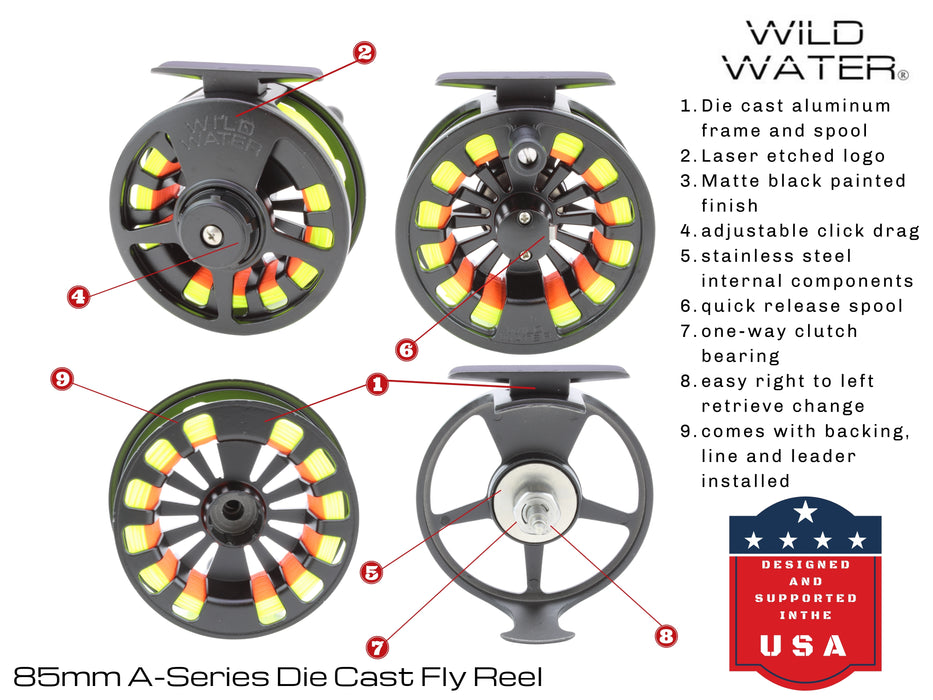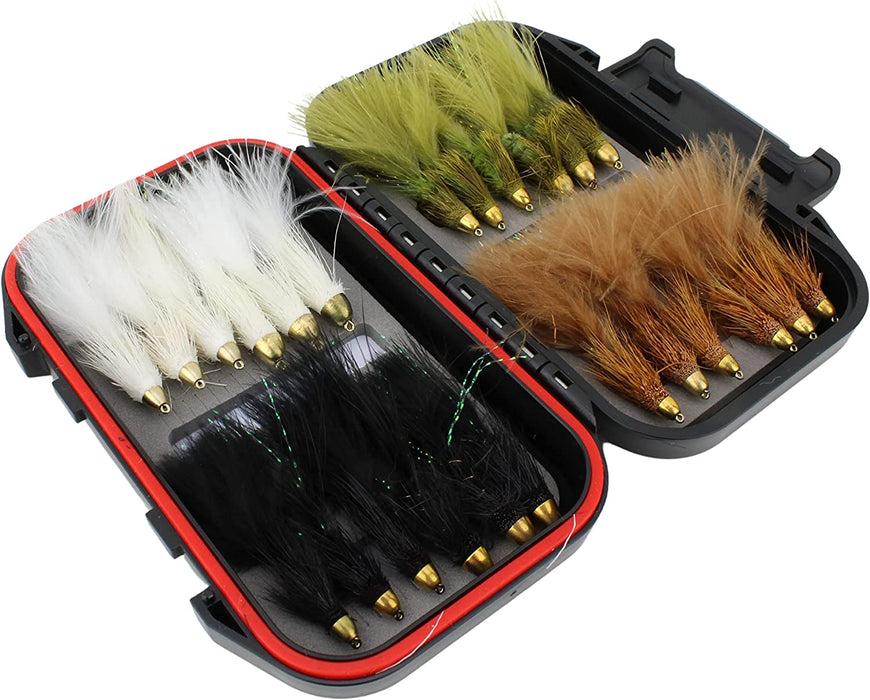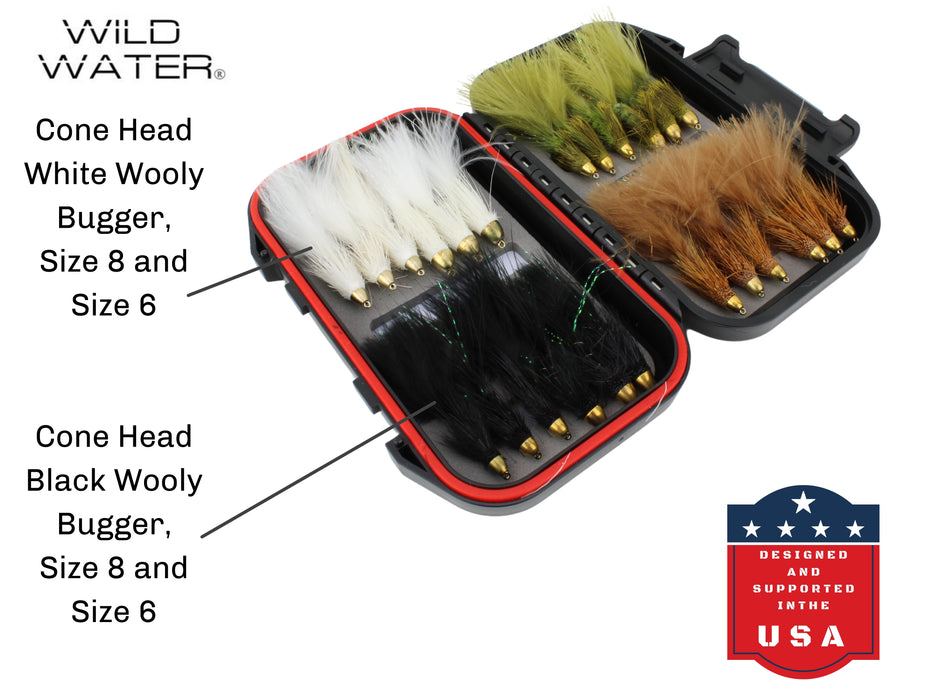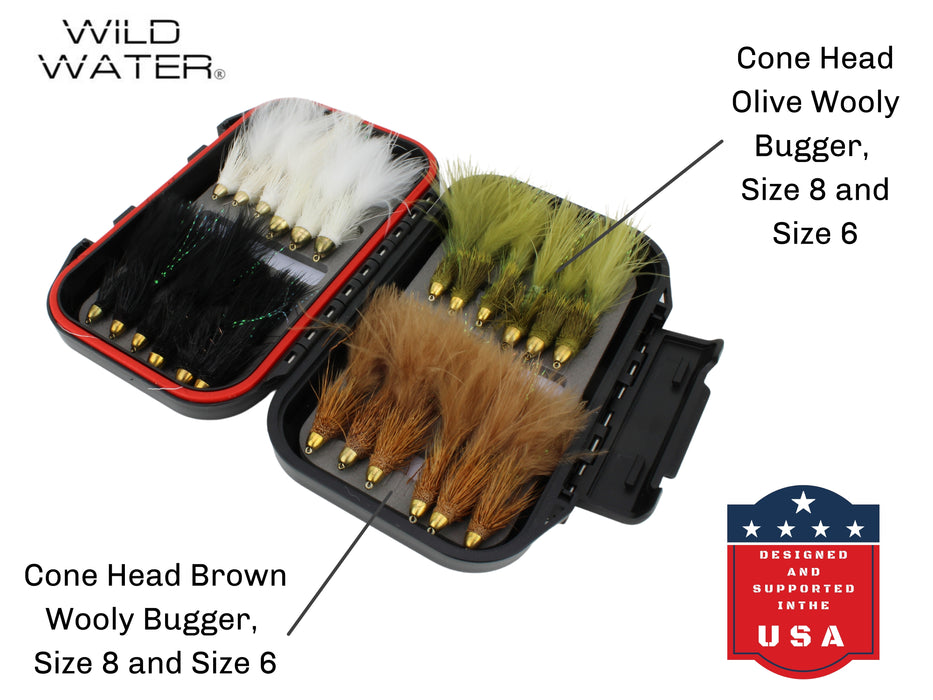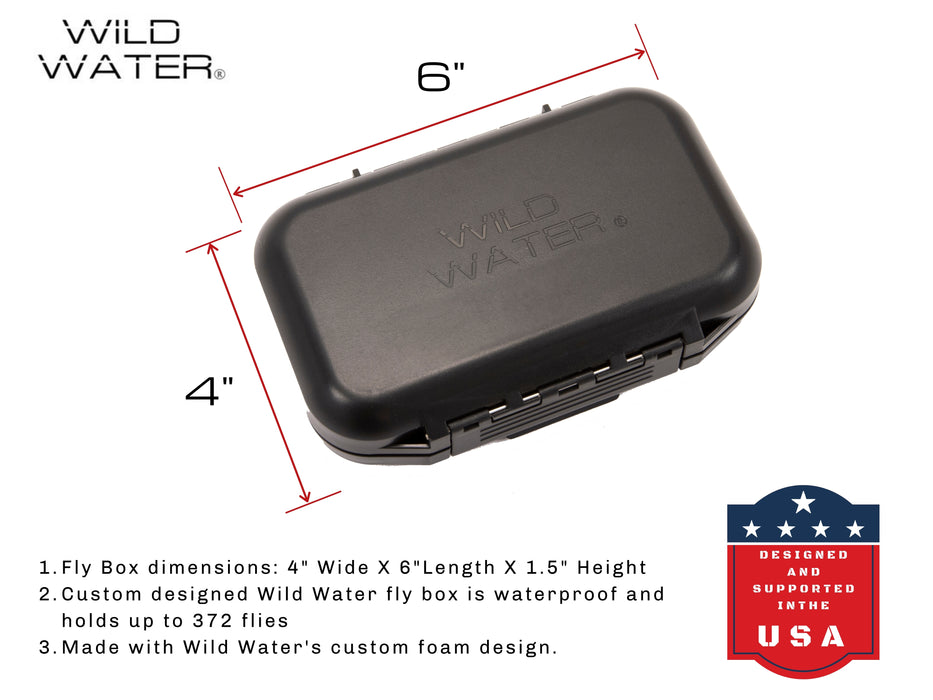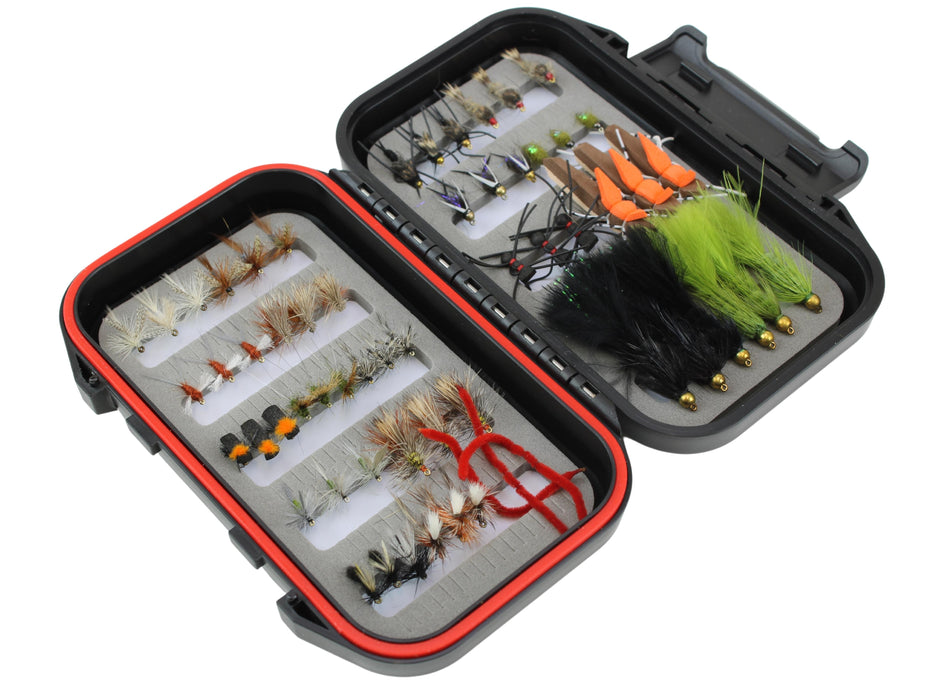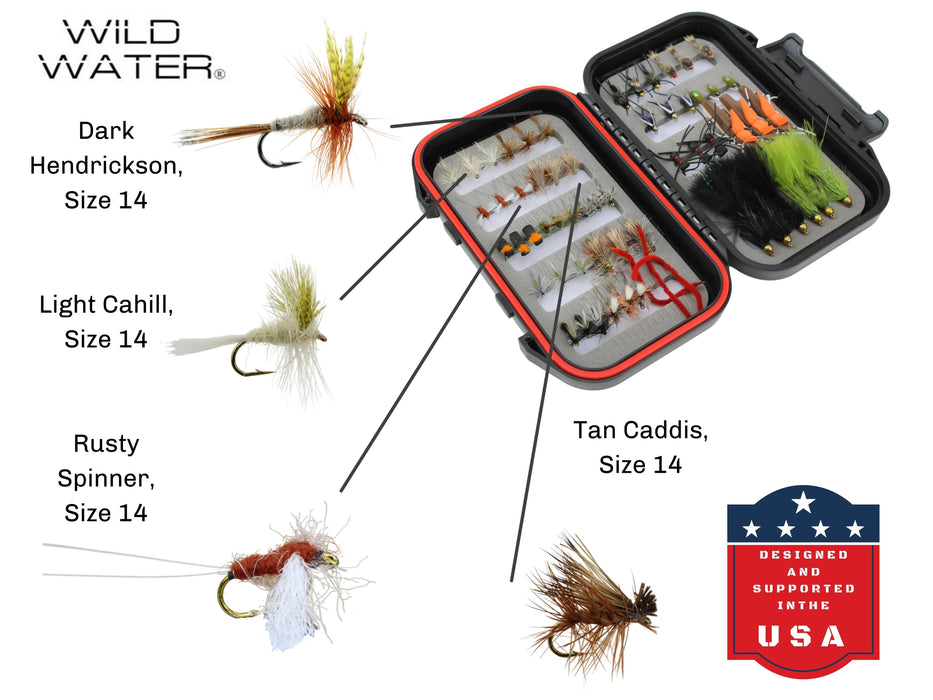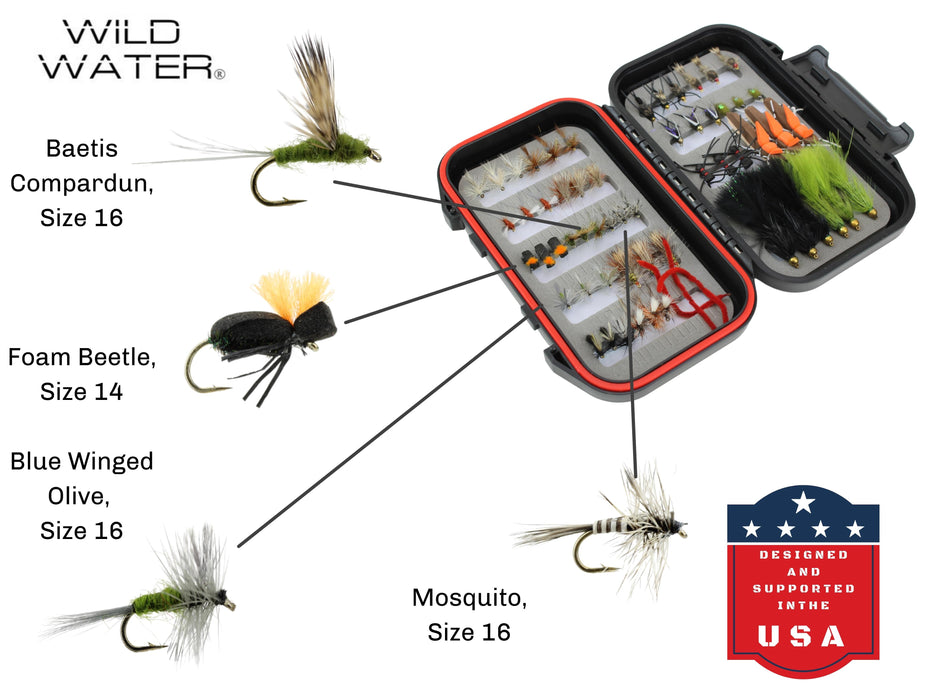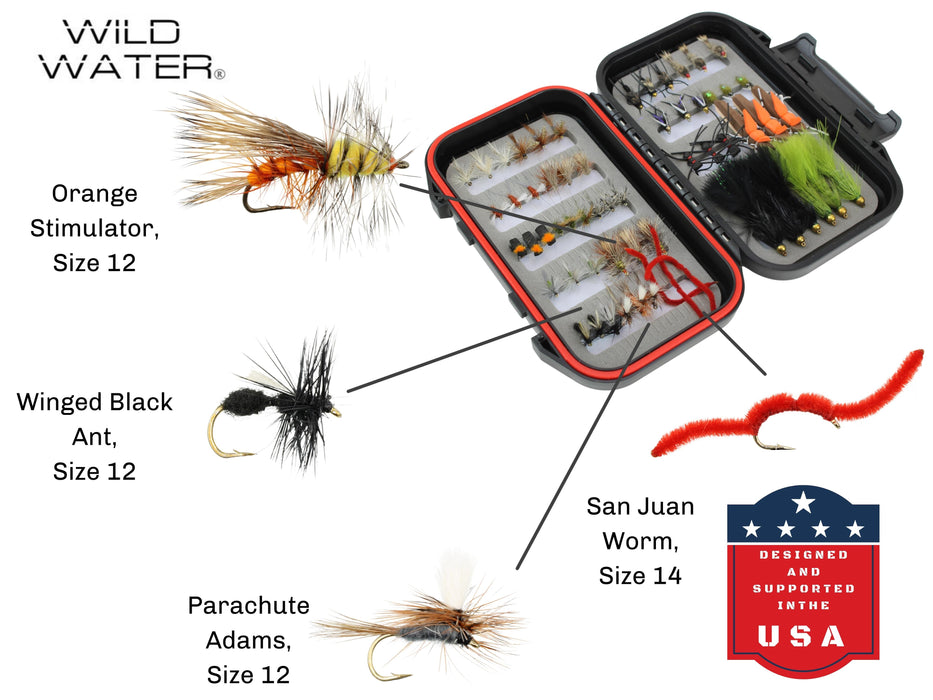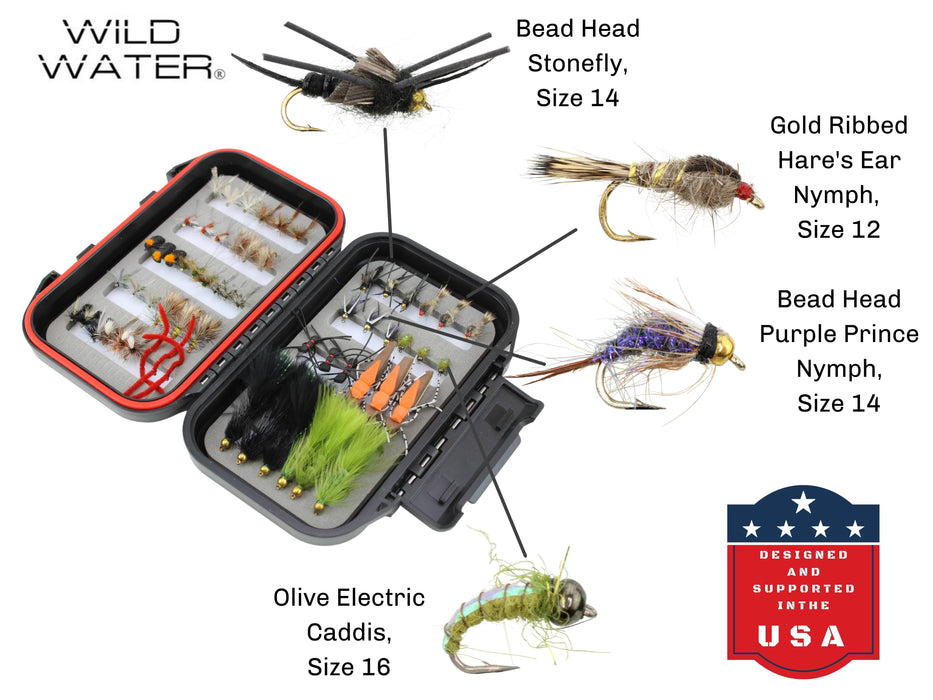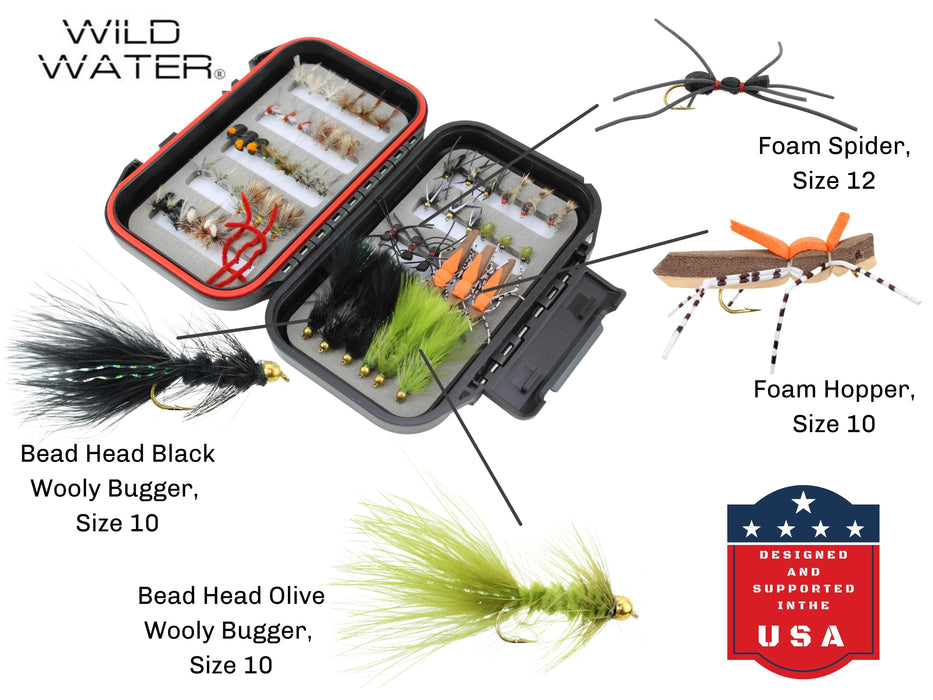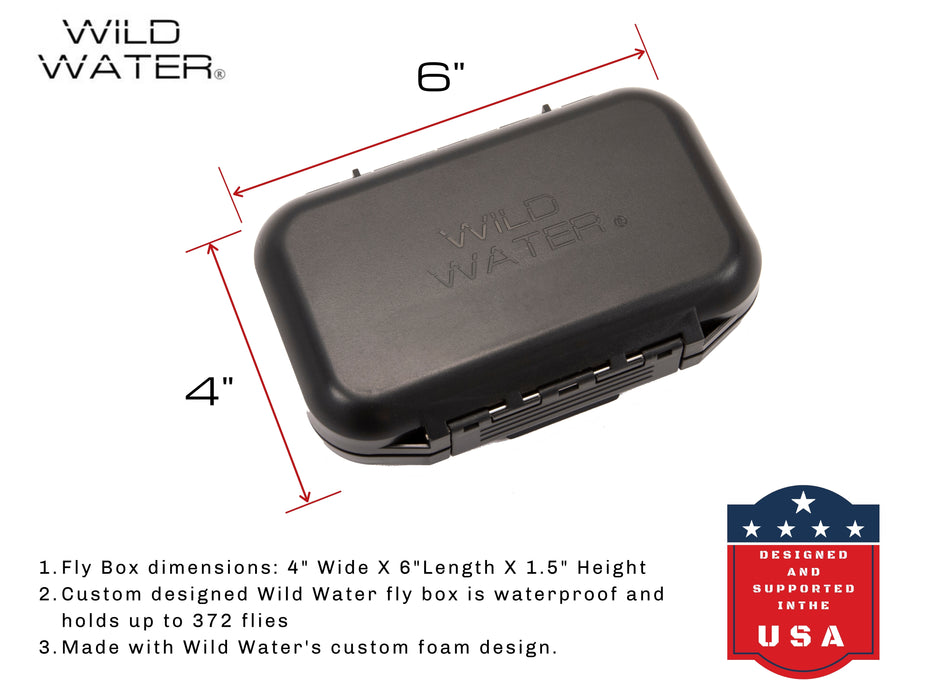Fly Fishing on the White River
ARKANSAS FLY FISHING
Arkansas isn’t exactly the first place one thinks of in relation to trophy trout fishing. In 2015, an article came out that an angler caught a 38-pound brown trout in the White River, a tailwater in Northeastern Arkansas. I added it to my long list of fishing destinations, and finally had the opportunity to make it there this fall.
The history of the White River is rich. The river stretches 685 miles, beginning in Northwestern Arkansas in the Boston Mountains, flowing north into Missouri, and then turning southeast back into Arkansas. In 1938, President Franklin D Roosevelt passed the Flood Control Act. It was a response to major floods along the White River in the early 1900’s, and a method of creating jobs after the great depression. Bull Shoals Dam, among others, was constructed to prevent flooding and create hydroelectric power. The dam construction was completed in 1951. It forever changed the topography of the river. What was once a free-flowing stream full of warm-water fish species became a cold, clear, fast-flowing river. A fish hatchery was built to introduce trout. Today, the White River below Bull Shoals Dam flows anywhere from 600-100,000 cubic feet per second. Flows are dependent on the amount of power being generated by the 8 hydroelectric generators in the dam and can change drastically in a matter of hours. The geography is beautiful in the fall. The river is in a valley full of deciduous trees that provide beautiful foliage, intermixed with limestone bluffs.
We arrived at the end of October. Getting there was relatively easy; nearby airports and an established community along the river allowed for easy driving in. Temperatures were decent during the days, 60-70 degrees. The nights were cool, with temperatures close to 40 degrees and feeling colder with the increased humidity. We had booked three days with a guide. The guide suggested that we fish one day trip and two night trips, which was new to me. Coming from Oregon, night fishing is illegal in most places. It is legal in Arkansas, however, and is the best time to target trophy brown trout. The big browns are tough to find during the day but feel more comfortable at night and come out to feed. Because of the dam construction in 1951, this section of the White River is considered a relatively “new” river. Although the riverbed can support bug life, aquatic insects are still establishing their populations and are not nearly as prominent as in most trout rivers. The main food source for the big brown trout is stocked rainbow trout. Arkansas Department of Fish and Game stocks the river with 750,000 rainbow trout on average annually.
During the days, the river flowed high and fast, around 10,000 cubic feet per second. Our guide explained that we had to wait for flows to drop at night in order to begin fishing. This was mostly for safety reasons, but also to effectively fish for the brown trout. Our first night trip began around 8:00pm, when the flows suddenly dropped to 700 cubic feet per second. The water depth was only a few feet deep at the most, and slow moving. We grabbed our headlamps and loaded up into the 16-foot drift boat. We used 8-weight rods for two reasons: we were casting very large flies, and there was the potential to hook into a massive brown trout. He had us use floating lines, 0X leaders, and streamers that imitated small trout. The fly names were distinct – the dirty hippy or the drunk and disorderly. Many of these flies were 5-8 inches long, tied with a variety of materials and colors. The guide moved the boat downstream as we casted. Keep in mind, this was all done in pitch black. The guide required that our headlamps were off while fishing to keep from spooking the fish. The casts were across the stream and slightly downstream. When our casts landed, he slowed the boat down to a stop. We held our lines tight as the flies swept across the current, slowly pulling in line to keep tension on it. On my third cast I felt a massive grab. There was no mistaking it was a fish. I lifted the rod suddenly out of reaction to set the hook. “Don’t you lift that rod!” the guide shouted. The only way to hook these fish was to strip-set, or keep the rod down and pull line hard. Lifting the rod pulled the fly out of the fish’s mouth. It was easier said than done, as muscle memory tends to takes over in situations like these. After losing 10 fish or so, I was getting discouraged. Around 2:00am, we got to one of the guide’s favorite spots. He gave me the biggest fly in his box, telling me I may not catch anything on it, but I may catch a monster. I began working the fly through the piece of water, and finally a fish grabbed and almost pulled the rod out of my hands. I quickly understood why we were using 8-weight rods. The big brown dug down and felt like a boulder that I couldn’t move. Finally, it tired out and came in to the net. At first, I couldn’t see the fish, but I heard the guide say, “This is what people come to the White River for.” He rowed the boat over to the shoreline and pulled a 28-inch brown trout out of the net. The fish was a beautiful gold color, with a hooked bottom jaw, and fins the size of my palms. It wasn’t 38 pounds, but it was the biggest brown trout I had ever caught, in a way that I had never imagined catching it. This was truly a unique experience in a unique place.

